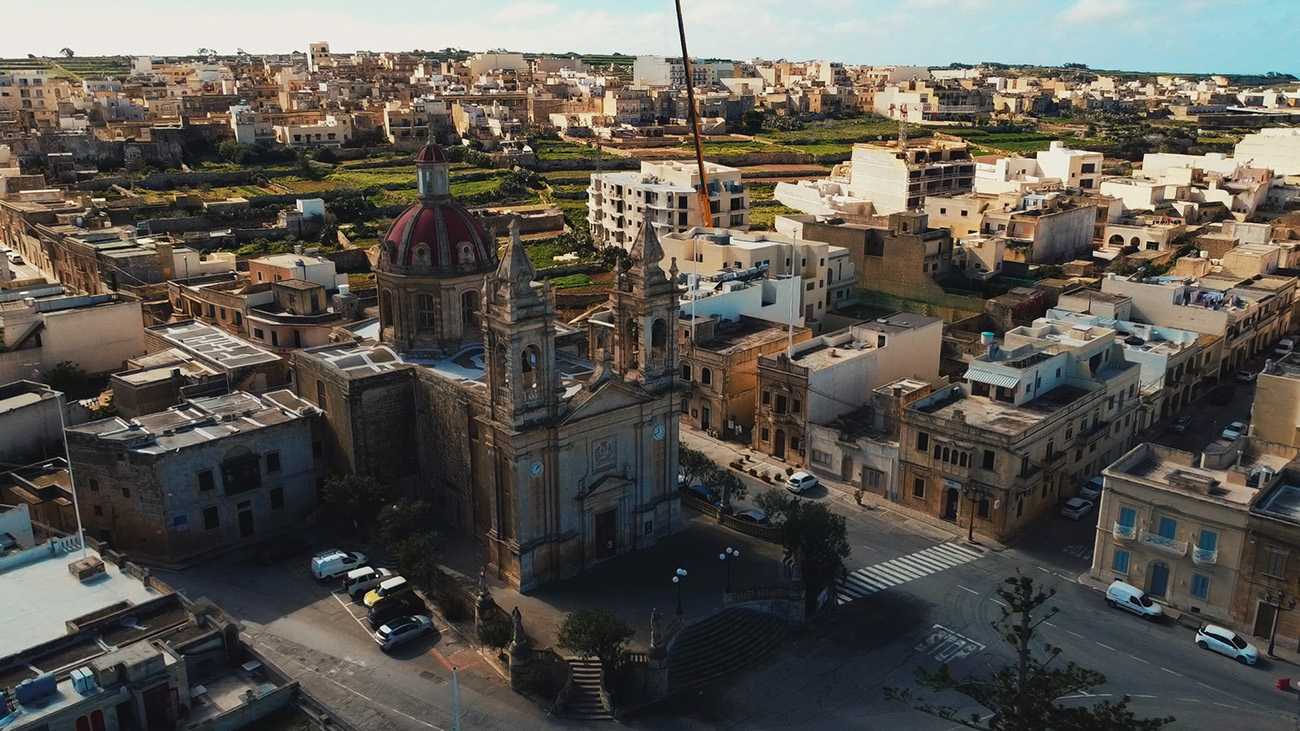Ta’ Sannat
History
Ta’ Sannat is a quaint village located in the southern part of Gozo, the second-largest island in the Maltese archipelago. Its history is deeply rooted in the rich cultural tapestry of Malta. The name “Ta’ Sannat” is believed to be derived from the Arabic word “sanat,” meaning “to establish” or “to build.” This etymology reflects the village’s longstanding tradition as a settled community.
The area around Ta’ Sannat has been inhabited since ancient times, as evidenced by various archaeological finds. One notable landmark is the Ta’ Ċenċ Cliffs, which host Bronze Age dolmens, ancient burial sites that offer a glimpse into the prehistoric life on the island. During the medieval period, the village played a significant role in agricultural production, contributing to the sustenance of the island’s population. Its strategic location also made it an important point of defense against invaders.
Nightlife in Ta’ Sannat
While Ta’ Sannat is primarily known for its serene and tranquil environment, it does offer some charming nightlife options. The village boasts several local bars and traditional Maltese restaurants where visitors can enjoy authentic Gozitan cuisine and beverages. These establishments often host live music and cultural events, providing a cozy and intimate setting for an evening out.
For those seeking a more vibrant nightlife experience, the nearby town of Victoria (Rabat) is just a short drive away. Victoria is the cultural and commercial hub of Gozo and offers a wider array of bars, clubs, and entertainment venues, ensuring that visitors to Ta’ Sannat have access to a broader nightlife scene when desired.
Modern Status
Today, Ta’ Sannat is a thriving village that harmoniously blends its historical heritage with modern amenities. The village center is home to essential services, including shops, cafes, and a well-maintained public square. The local community is known for its warmth and hospitality, making Ta’ Sannat an inviting destination for tourists and new residents alike.
The natural beauty surrounding Ta’ Sannat remains one of its main attractions. The Ta’ Ċenċ Cliffs provide stunning panoramic views of the Mediterranean Sea and the Maltese islands. These cliffs are also a popular spot for hiking and birdwatching. Additionally, the village’s proximity to Gozo’s beaches and other natural landmarks makes it an ideal base for exploring the island.
Overview
Real Estate In Ta' Sannat
The real estate market in Ta’ Sannat has seen steady growth in recent years. The village offers a variety of property types, including traditional farmhouses, modern apartments, and luxury villas. Many properties in Ta’ Sannat boast beautiful stone architecture and spacious interiors, reflecting the traditional Maltese style.
Investing in property in Ta’ Sannat is appealing due to the village’s peaceful environment, scenic beauty, and cultural richness. Properties here are popular among both locals and expatriates looking for a serene lifestyle away from the busier tourist areas. Additionally, the village’s strategic location provides easy access to other parts of Gozo, enhancing its desirability as a residential area.
In conclusion, Ta’ Sannat is a charming village that offers a unique blend of history, culture, and modern living. Whether you’re interested in exploring ancient sites, enjoying a quiet evening out, or investing in real estate, Ta’ Sannat provides an inviting and enriching experience.

Property in Sannat
Living so close to the sea and yet having lovely countryside all around is the ideal place to live in. Property in Sannat consists of traditional farmhouses, houses of character and terraced houses. On the modern side, you can also opt for a modern apartment or else a penthouse. The choice is varied and entirely depends on what type of home you are after. Sannat is one of the most beautiful villages in Gozo which is also very quiet and somewhere you can take time to relax.
Sannat Feast
On the third week in July you can take part in the local village festa which is dedicated to St Margaret the Martyr – the patron saint of Sannat. The Sannat Parish Church lies in the heart of the village core. Although Sannat stands as a village in its own right it is also close enough to Victoria for shopping and also close to Mgarr whenever you decide to visit Gozo’s sister island, Malta.
BUY
Properties For Sale in Ta' Sannat
RENT
Properties For Rent in Ta' Sannat
Localities
Discover other Maltese localities
Take a deep dive and browse the Maltese localities and local insights to see if the homes for sale/rent are right for you.